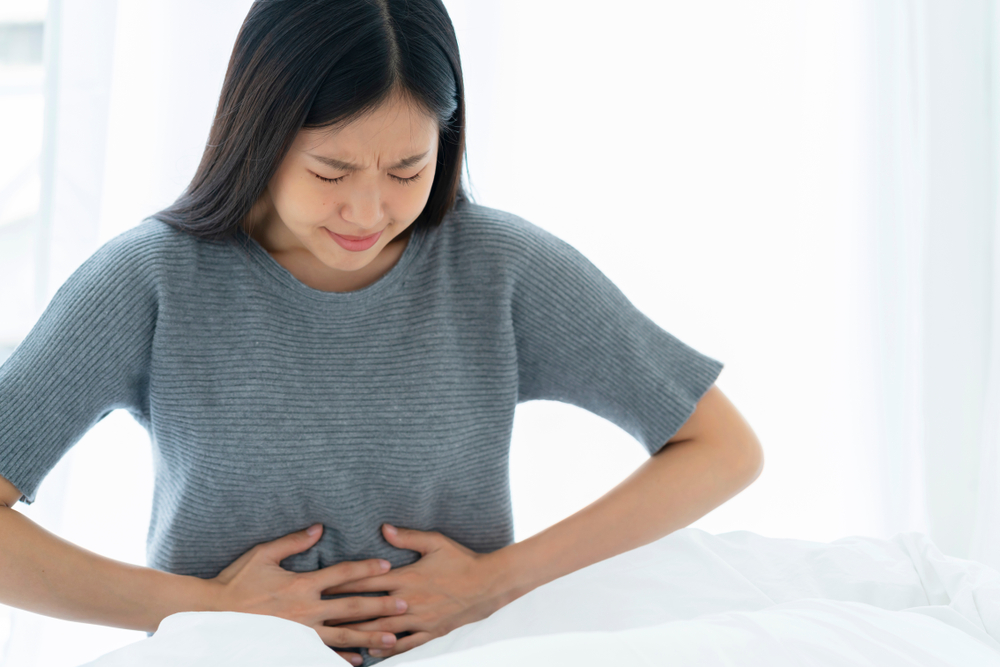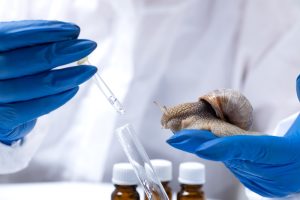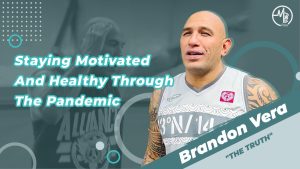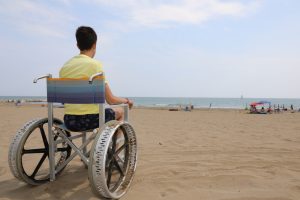Ulcers are open wounds or sores that are slow to heal. They can occur anywhere on the body i.e leg, hands, stomach, mouth etc.
Injuries, diseases or infections are the major underlying cause of ulcers. This article discusses the types of ulcers, their symptoms and how they can be treated.
Types of Ulcers
1. Leg Ulcers
Venous leg ulcers are responsible for ~90% of leg ulcers; tissue breakdown and impaired healing occur due to persistently high pressure in the veins of the legs.
Underlying causes include Deep Vein Thrombosis (blood clot in legs), varicose veins, obesity, and immobility e.g. in osteoarthritis (age-related wear and tear of joints) and paralysis.
Symptoms include tired, swollen legs with discoloured, hardened skin and irregular margins around the ulcer.
Treatment involves cleaning/dressing the wound, antibiotic use if there is an infection, and wearing compression stockings/bandages to improve blood flow in the legs. Some preventive measures are losing weight, and elevating legs whenever seated/lying down.
Left untreated, it may lead to infection and in severe cases, amputation.
2. Foot and Toe Ulcers
There are 2 types of foot and toe ulcers, namely Neurotrophic ulcers and Arterial ulcers.
Neurotrophic ulcers are commonly due to Diabetes; nerve damage from Diabetes leads to impaired sensation in the feet. Coupled with trauma or increased pressure, this contributes to skin breakdown and eventual ulcer formation at the site of pressure.
Symptoms include burning, tingling or numbness in the feet. The ulcer is typically under the big toe and may appear pink/red/brown/black, with thin borders taller than surrounding tissues.
Arterial ulcers are due to Peripheral Arterial Disease (PAD), characterised by the narrowing of blood vessels and thus reduced blood flow to the extremities. Foot tissue dies as a result.
People who smoke, have Diabetes, high cholesterol or high blood pressure are at risk for this.
Symptoms include leg pain, especially at night. Ulcers can form on heels, tips, between toes, and nail beds. They may appear yellow/brown/grey/black.
Treatment for foot and toe ulcers involves cleaning/dressing the wound, antibiotic use if there is an infection, surgical debridement of infected tissue and even removal of infected bone. For arterial ulcers specifically, it may also entail revascularisation i.e. surgery to restore blood flow in occluded blood vessels to enable oxygenation/healing of the ulcer.
Left untreated, the condition may lead to amputation or fatality.
3. Genital Ulcers
These are sores found on genital organs i.e. penis, vagina, or anus. They sometimes leak fluid and are mostly painful.
These occur due to Sexually Transmitted Infections (STIs) i.e. herpes, syphilis or chancroid. Unprotected sex or having multiple sex partners increase the risk of genital ulcers too. They may also occur due to allergic responses towards skin care products or inflammatory diseases. Genital ulcers increase the chance of contracting STIs including HIV/AIDS.
Treatment involves antibiotics/antivirals for the underlying STIs.
4. Corneal Ulcers
Corneal ulcers (also known as keratitis) are open sores on the cornea.
They cause redness, pus/discharge, severe eye pain, tearing, and blurred vision. They may occur due to injury, dry eye syndrome, eyelid disorders hampering the proper function of eyelids, or infections (common in contact lens users). This may lead to vision problems including cataracts, glaucoma or blindness.
Treatment involves the use of antibiotic/antiviral/anti-inflammatory eye drops, and in severe cases corneal transplant surgery.
5. Stomach Ulcers
These are sores in the stomach lining.
Stomach ulcers occur due to excessive build-up of gastric acids which erode the stomach lining. Acids may accumulate due to infection by Helicobacter Pylori bacteria, long-term usage of non-steroidal anti-inflammatory drugs (NSAIDs) or steroids.
Symptoms include bloating, feeling full easily, burping, heartburn, nausea, dull pain in the stomach, weight loss and in severe cases, dark tarry stools, vomiting blood and anaemia.
Treatment (depending on the cause) includes antibiotics, drugs that block stomach acid production (e.g. proton-pump inhibitors like Omeprazole, H2-receptor blockers like Famotidine), Bismuth (aids formation of protective coating in the stomach), probiotics etc.
6. Mouth Ulcers
Also known as canker sores, these may occur inside cheeks, on lips, tongue or gums.
Mouth ulcers may occur due to injury from braces/dental procedures/biting hard foods, food sensitivities, nutritional deficiencies, hormonal imbalances and stress.
Most mouth ulcers are harmless and go away on their own. If persistent or recurrent, it is best to see a doctor to check for any underlying cause.
Treatment options include antiseptic Chlorhexidine containing mouth rinse, anti-inflammatory Benzydamine gargle, over-the-counter drugs (OTCs) e.g. topical corticosteroid, oral Non-steroidal Antiinflammatory Drugs (NSAIDs) like ibuprofen, or home remedies i.e. use of salt water, baking soda rinse.












